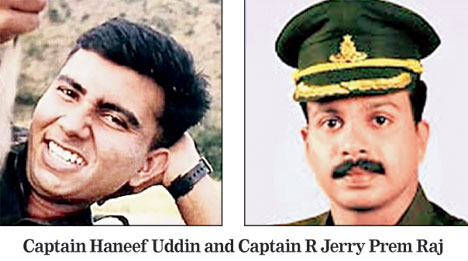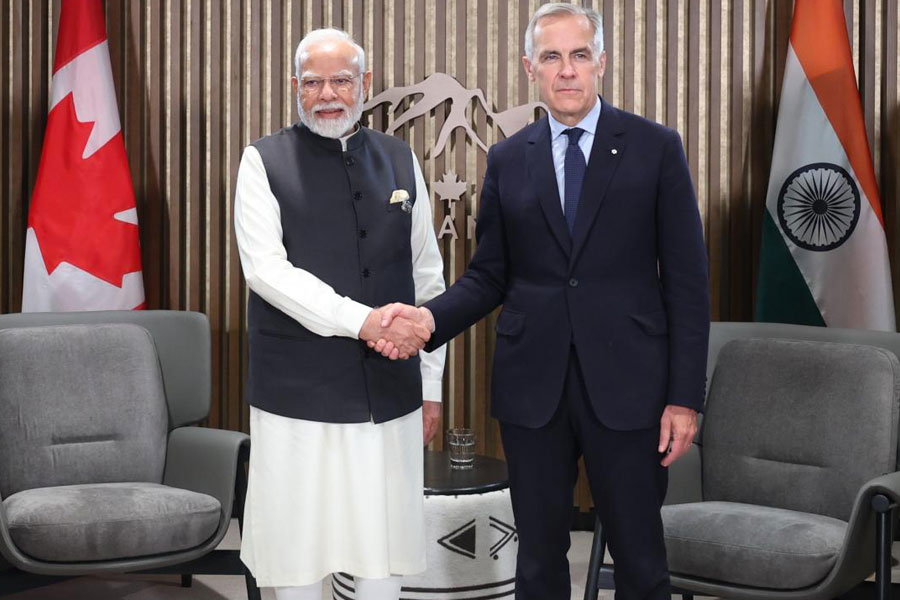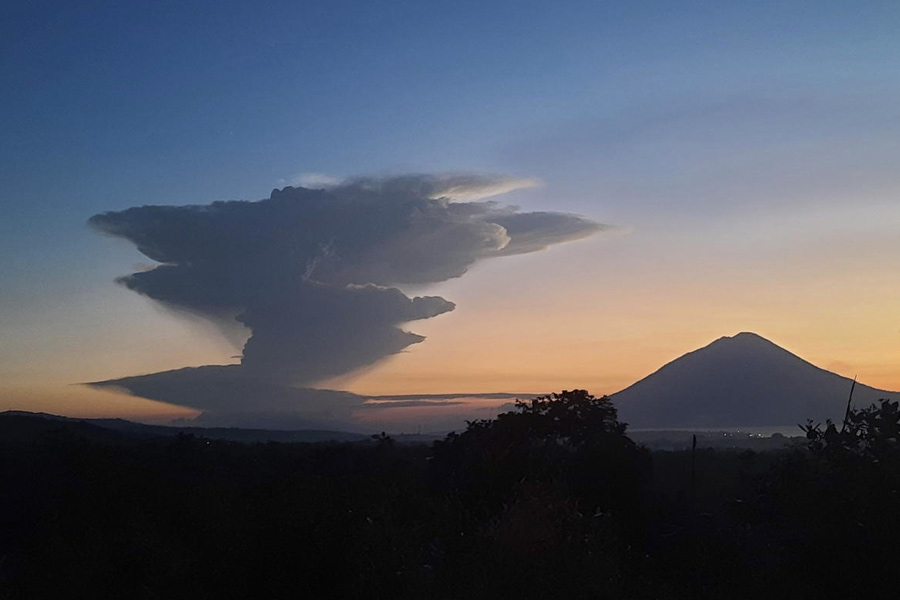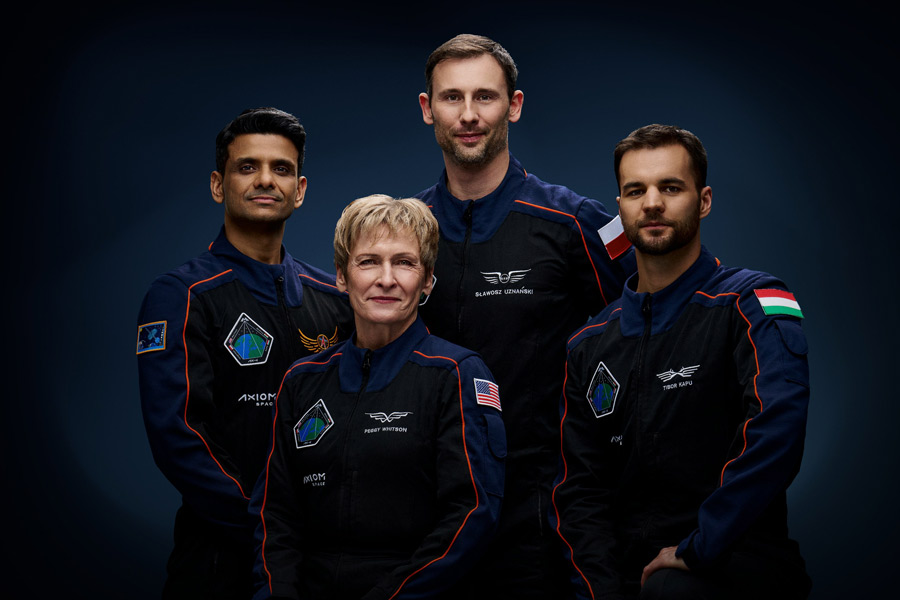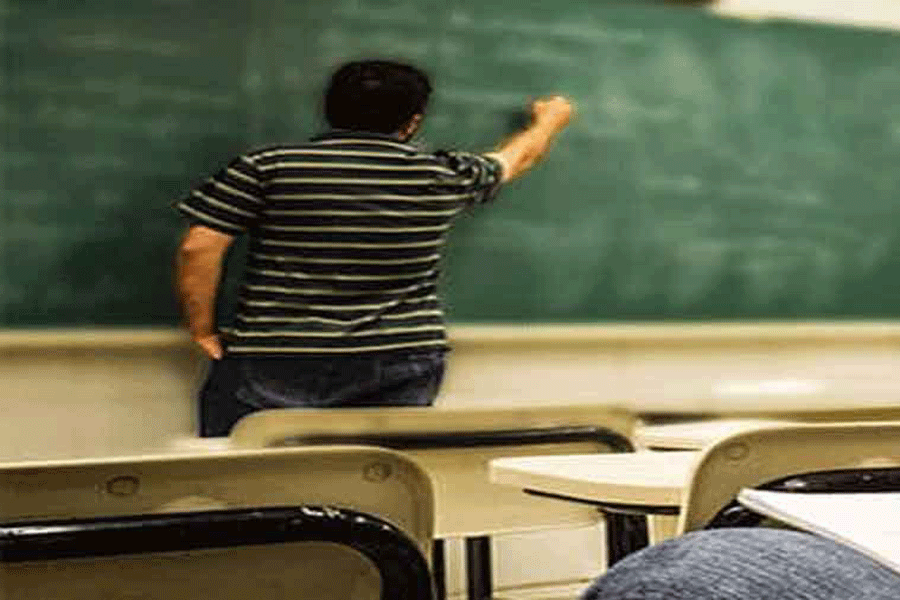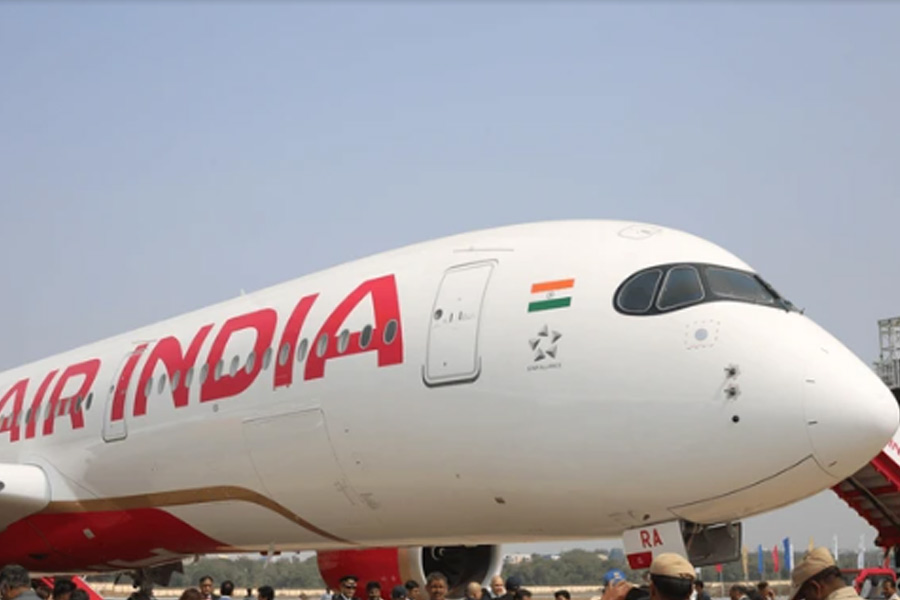
Bhubaneswar, Feb. 4: More than half of the city's population is yet to get proper water supply though the Public Health Engineering Organisation meets nearly double the daily requirements.
Bhubaneswar requires some 120.62 million litres of water per day (MLD) for its 9.5 lakh population, while the supply stands at 295.3MLD. But, more than 50 per cent of the water supplied by the organisation goes down the drain every day either due to leakages in the pipelines or thefts.
Such a colossal wastage stands contrary to the gloomy reality that the organisation has been able to extend piped water connections to only 33 of 67 wards of the Bhubaneswar Municipal Corporation. The remaining 34 wards do not get a full coverage of water supply.
About 4.68 lakh people living in the corporation area are fully covered by piped water supply, while another 4.82 lakh people are partially covered by the system.
Sources said that after the loss of about 50 per cent of its water supply, the water that was actually available to Bhubaneswar residents for consumption stood at 147.65MLD.
"Our supply of water is more than enough even after a 50 per cent loss every day," said the organisation's superintending engineer Chittaranjan Jena.
The state government norms say the daily per capita supply of water should be 135 litres, while the central government's standard norms for a city such as Bhubaneswar stipulate that each person should be provided with 155 litres of water a day. If one goes by the Centre's recommendations, the daily requirement of water for the people of the city should be around 140.78MLD - which is about 20 million litres more than the present scale of consumption.
"According to the Centre's norms, a person in Bhubaneswar should be provided with a minimum of 155 litres of water a day. However, the organisation, for some reasons best known by it, believes that 135 litres of water a day is enough for a person in Bhubaneswar," said Bimal Panda, member of the Regional Centre for Development Co-operation, a non-government organisation.
The centre, which has recently conducted a study on the pattern of water supply in the city, has found that 43 per cent people of Bhubaneswar do not have access to piped drinking water.
"We haven't installed water meters in the common households. Only 1 per cent water supplied by us is metered, while the bill in each household is calculated on the basis of number of taps installed and the number of family members," said Jena.
He said the losses were mainly due to leakages and water theft by households and private tankers. "We have a helpline, where one can call and inform about any pipeline leakage or theft. We will take prompt action," said the superintending engineer.
However, with the recently launched Atal Mission for Rejuvenation and Urban Transport scheme, the organisation hopes to plug the holes and maintain an organised water supply chain in the city by installing water meters in each household.

